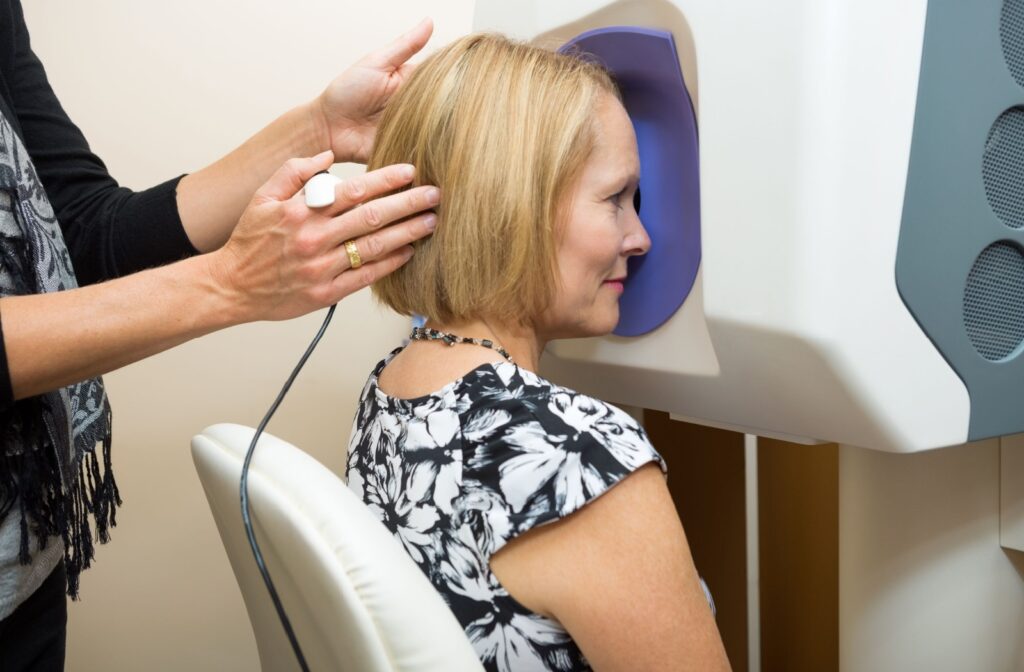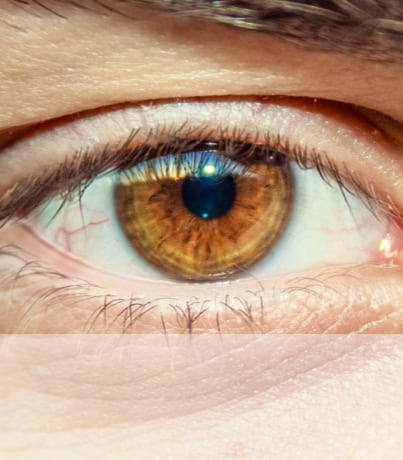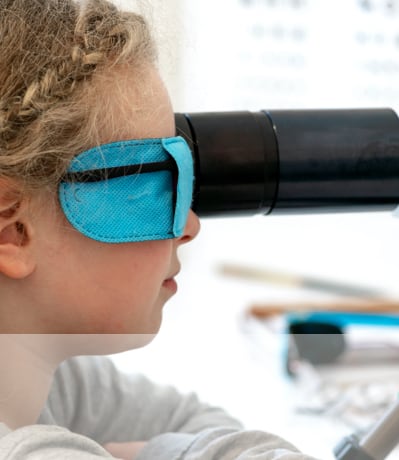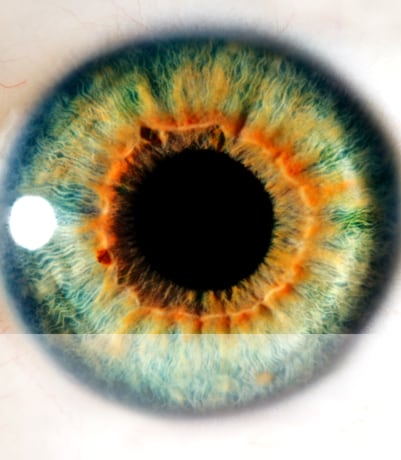In the realm of eye care, the debate about whether retinal imaging or dilation is the more effective method for examining the retina has been ongoing.
Digital retinal imaging is a great option for people who aren’t fans of eyedrops. And while digital retinal imaging is a bit more costly than traditional methods, it’s a high-tech solution that can take high-resolution, wide-field digital images. This makes it easy to detect any changes in the retina over time.
But even with all its benefits, digital retinal imaging doesn’t replace dilation. Regular eye exams are still super important for catching any eye health issues, and both dilation and digital retinal imaging play crucial roles in these exams.
Bettner Vision’s approach to eye exams is with specialized diagnostic technology and years of knowledge, providing you and your family with quality assessments to help keep your eyes happy.
Is Retinal Imaging Better than Dilation?
It’s not exactly a clear-cut answer. Digital retinal imaging and dilation have their pros and cons.
Optos digital retinal imaging can increase the number of diagnosable conditions by 80%, providing a more accurate diagnosis and a better understanding of your health. Plus, retinal imaging offers high-resolution, wide-field digital images, and they can easily detect changes in the retina over time.
However, dilation is still considered the most effective method to get a complete view of the inner eye. With dilation, an optometrist can observe up to 240 degrees of the eye, which is more than what some popular imaging techniques can provide.
So, while digital retinal imaging has its advantages, it doesn’t necessarily replace dilation. Regular eye exams are important for detecting eye health issues, and both digital retinal imaging and dilation play crucial roles in these examinations. It comes down to the specific needs and circumstances of each patient.
What’s Better: Retinal Imaging or Dilated Eyes?
Comparing retinal imaging to dilation, several factors come into play:
Efficiency & Convenience
Optos retinal imaging offers a non-invasive and efficient way to capture detailed images of the retina in a matter of seconds. Unlike dilation, which requires patients to wait for the eye drops to take effect and can lead to temporary blurred vision and sensitivity to light, retinal imaging with Retinal Imaging eliminates the need for dilation. This results in a more convenient and comfortable experience for patients, reducing both waiting times and potential discomfort associated with dilation.
Comprehensive Visualization
Optos retinal imaging provides wide-field images of the retina, capturing up to 240 degrees of the retina in a single image. This comprehensive visualization allows for the detection of a wide range of retinal conditions and abnormalities, including diabetic retinopathy, macular degeneration, and retinal tears, among others. In contrast, dilation may not always provide a complete view of the retina, particularly in patients with small pupils or certain anatomical variations.
Patient Education & Engagement
With retinal imaging, patients can actively participate in their eye health by viewing and discussing the images of their retina with their eye care provider. This visual representation enhances patient understanding of their condition and treatment options, fostering greater engagement in their eye care journey.
Dilation, on the other hand, may not offer the same level of patient involvement, as the effects of the eye drops can impair vision temporarily, limiting the patient’s ability to comprehend and discuss findings during the examination.
Documentation & Monitoring
Optos retinal imaging allows for the documentation and longitudinal monitoring of retinal changes over time. The ability to compare images from different visits enables eye care providers to track disease progression, assess treatment efficacy, and make informed decisions regarding patient management.
Accessibility & Integration
Retinal imaging is becoming increasingly common in optometry offices as part of regular eye exams. Its ease of use and portability make it a versatile tool for comprehensive eye examinations.
Additionally, retinal imaging can be seamlessly integrated into electronic health records (EHRs), facilitating efficient documentation, communication, and collaboration among healthcare providers.
Retinal Imaging: A Modern Approach to Enhanced Eye Care
While dilation has been a longstanding method for retinal examination, retinal imaging offers numerous advantages that make it a compelling alternative.
From efficiency and convenience to comprehensive visualization and patient engagement, retinal imaging presents a modern approach to eye care that enhances both the patient experience and clinical outcomes.
As technology continues to advance, Optos retinal imaging is poised to play an increasingly integral role in the early detection and management of various retinal conditions, ultimately contributing to better eye health for patients worldwide.
At Bettner Vision, we accompany you throughout your entire eye care journey. We aim to build relationships grounded in trust, mutual respect, and the goal of achieving excellent vision health.
We invite you to schedule an appointment and witness our commitment firsthand. It’s just a click away!








